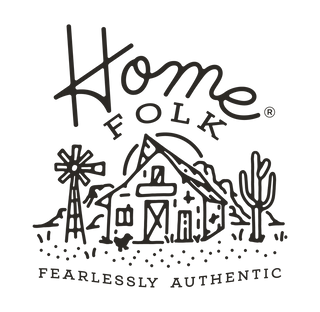
The bohemian style is characterized by its free-thinking and wild spirit tones mainly influenced by gypsies and nomads. Boho style began hundreds of years ago, and it developed and adapted to keep its main purpose while changing to fit the times. To know the origins and better understand this style, check out this brief history of bohemian style from the early 1800s in France to today in the United States.
Early 1800s
After the French Revolution concluded in 1799, the country struggled to find a middle ground between the rich and the poor. Because of the changed governing system, wealth barriers were stronger than ever. The former bourgeois no longer had the means to support the arts as they used to, so the artists plunged into extreme poverty. The artists took up a more nomadic lifestyle and began to wear cheap worn-out clothing. So many artists began doing this out of necessity that it started a trend for those to express their creativity and disdain for the bourgeois’ confinements through clothing.
1830s
By the early 1830s, the bohemian artists and the romantics both merged and embraced the style and its opportunities for self-expression. Many artists had to find non-art related work and found the bohemian style freeing, as it turned themselves into a piece of art that commentated on the hard times France faced. This happened as the Victorian era shifted into the Aesthetic movement and the Romantic era where self-expression became more encouraged.
Early 1900s
In the early 20th century, the boho clothing style began to spread internationally. France increasingly became known as the place for fashion in the world, so even the counterculture that was bohemian style began to rise in popularity.
1960s
By the 1960s, Americans widely embraced the bohemian aesthetic, adopting and adapting it to fit the hippie era. The hippie movement considered itself a counterculture in its own right. This is where the boho style truly adapted and took over North America. It hit at a time where the U.S. was becoming a fashion leader in the world and when the youth of America were revolting against the cultural norms of their society.
Today
Today, the bohemian style is much more mainstream; although, it’s representation as a rebellious lifestyle hasn’t shifted. There is a more conformist style, boho chic, and the more traditional bohemian. The clothing style still widely represents the sense of freedom and self-expression that it originally did back in the early 1800s in France. Now, the clothing style is more inclusive and adaptable than ever. There is now bohemian style clothing in plus size and even for children. There are even entire boutiques dedicated to helping you find your inner bohemian.


